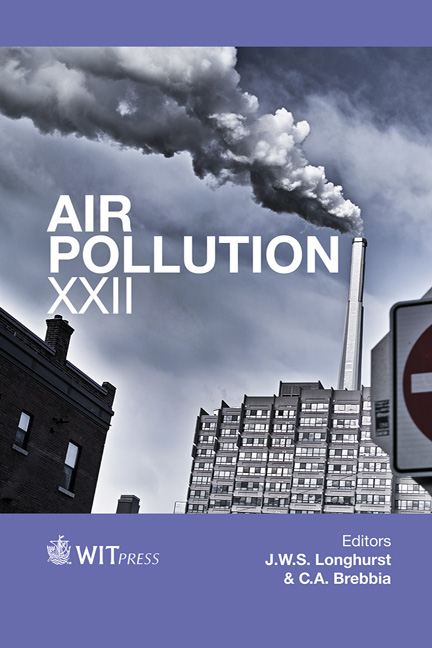Ship Emissions From Australian Ports
Price
Free (open access)
Transaction
Volume
183
Pages
11
Page Range
327 - 337
Published
2014
Size
2,890 kb
Paper DOI
10.2495/AIR140271
Copyright
WIT Press
Author(s)
M. Davies
Abstract
The focus of attention from regulatory bodies in Australia with respect to air pollution emissions is for land-based industries and activities; as such, little attention has been paid to emissions from ships operating in Australian ports. Emissions standards for ships in general are not included in Australian legislation, although the international standard, MARPOL 73/78, sets limits on emissions of oxides of nitrogen and sulphur. There is an ongoing need to improve and upgrade port facilities, including the capacity of ports to accommodate more ships. In Sydney, for example, there is a high demand for an increase in container and passenger ships to meet the needs of the local market. The effective management of the air quality impacts of these shipping activities is, however, difficult as regulators and port operators have little or no control over the ships that access their ports. In addition regulatory attempts to control emissions in one region may reduce the competitiveness of ports in that region, which ships diverting to other regions to avoid the impact of emission regulation. An assessment of environmental impacts forms an integral part of the approvals process for new port and port upgrade projects. Air quality impacts from ship emissions have not historically been an important part of these assessments. Recent investigations, however, suggest that emissions from these ships may potentially affect local and regional air quality. Two Sydney studies investigated the emissions from ships berthing in busy city ports with nearby sensitive receivers. Emissions were estimated from engine sizes and operating regimes and the emission estimation technique provided by the Australian Government for national pollutant reporting purposes. Dispersion modelling was conducted using both the AUSPLUME and CALPUFF models to determine ground-level concentrations of fine particulate matter (PM10), nitrogen dioxide (NO2) and sulphur dioxide (SO2). The feasibility of air quality management measures including Emission Control Areas (ECAs) and shore power for ships is investigated. The studies highlight the importance of assessment of pollutants from large ships, which may affect short-term air quality in areas adjacent to berths. Such assessments are particularly important at the planning phase of developments, and require the establishment of representative emissions inventories and emission estimation techniques.
Keywords
MARPOL, Emission Control Areas (ECAs), AUSPLUME, CALPUFF.





